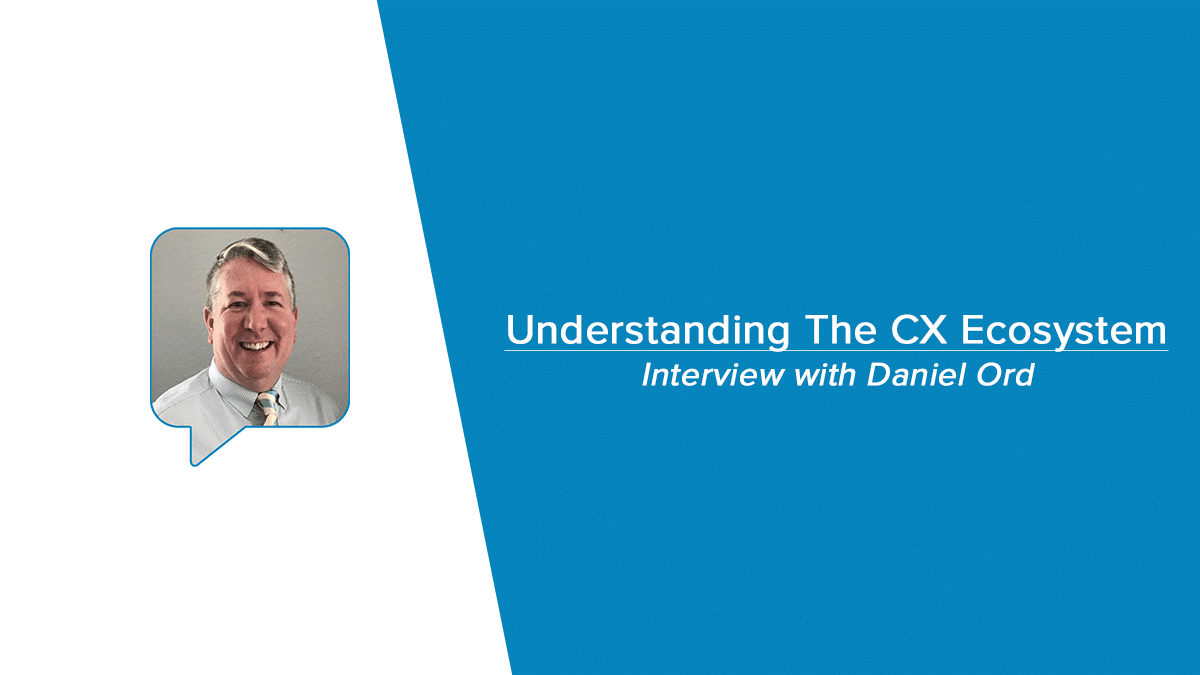
Daniel Ord is a Certified Customer Experience Professional with an insightful background. Accumulating years of experience through other companies and his own, Daniel is no stranger to globe-trotting having worked in 40 countries and is experienced in the areas of Contact Center, Customer Service, and Customer Experience Strategy implementation.
During the course of this interview, discover advice on creating original and authentic customer experiences to make sure they align with customer expectations, the renewed focus of quality in the contact center, plus the next big developments to come in Customer Service.
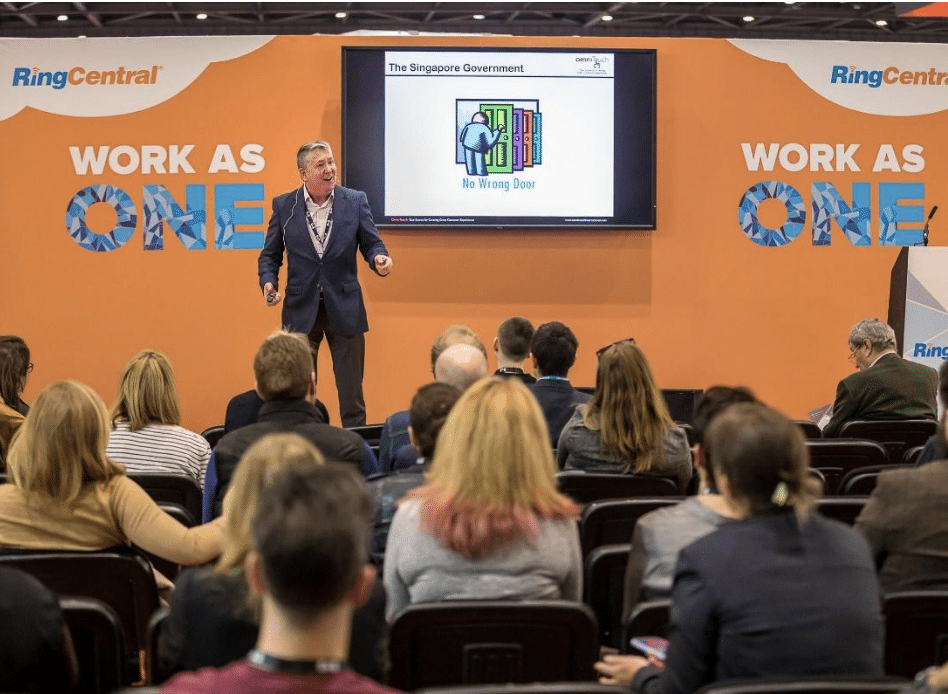
Can you introduce yourself and tell us about your background?
I’m an American national with nearly 30 years in the Customer Contact industry.
After 12 years managing Contact Center environments in the U.S. and in Asia, I opened my company, OmniTouch International in 2001. Over the past 18 years, I’ve facilitated practical and engaging workshops and speeches that develop Contact Center mastery, improve Customer Service delivery and advance Customer Experience know-how with more than 50,000 Participants across more than 40 countries.
I’m a CXPA Authorized Training Partner, a Certified Customer Experience Professional (CCXP), an ICMI Certified Associate, a Call Centre Industry Advisory Council Training Partner (CIAC), Net Promoter Certified (Owens CX) and the first to bring professional management level Contact Center certification to Asia back almost 20 years ago.
What is the objective of OmniTouch?
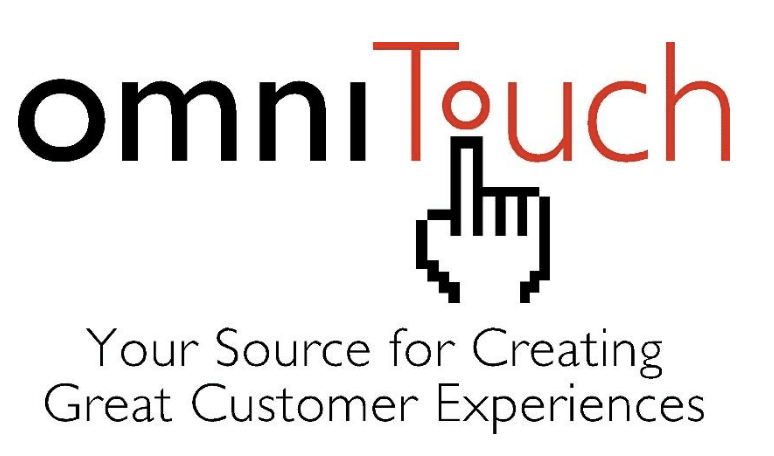
Our focus is on practical and engaging workshops and speeches around mastering Customer Experience, Contact Centers and Customer Service.
To deliver on our objective, we have more than 25 formal courses in our curriculum with roughly half designed for management-level participants and half designed for frontline level participants.
What advice would you give for creating original and authentic customer experiences?
To start, I’m glad that the days of the Wow Factor, delighting customers, and ‘going the extra mile’ are finally behind us. Because there was so much nonsense spouted around these statements without a lot of rigor or practicality behind it.
Let me begin with what not to do.
You can’t create original & authentic experiences by obsessively scripting and squeezing your Frontline employees to be the source of these experiences.
Some organizations still confuse Customer Service with Customer Experience and push the Customer Service function to own the experience. This is kind of a ‘reverse silo’ mentality.
Now on to ideas to create these kinds of experiences.
Whenever a client approaches us for Mystery Shopper research, the first thing we do is go straight to the client’s website, read their marketing communications, their vision, mission & values, digest their advertising.
We look for anything that tells us more about ‘who’ they are as an organization and what kind of brand promises they make.
When I owned an art gallery, we built our brand and identity around our tagline, ‘Where Art & People Meet’.
In OmniTouch we built our brand and identity around our tagline ‘Helping & inspiring people to create great customer experiences.’
The key to designing experiences that are original and authentic for your customers is to make sure they tie to your identity and the role you’ve chosen to play in people’s lives.
Of course, research has a role too. Particularly the use of ethnographic research which is observing the customer in their own environment.
Don’t brainstorm around a conference table if you want to create amazing experiences. Get out there with customers and combine what you learn there with who you are. That’s the formula.
How important are messaging apps in the Contact Center?
I’m a big fan of text-based service. Especially synchronous text-based service where conversations happen. But with that said, I’ll answer this as I’d answer any client who asked me this question. It’s the wrong question to ask.
It’s like asking – how important is serving Baked Alaska in your restaurant? If you’re a cruise ship – super important. If you’re serving Chinese fine-dining – probably not so much.
Because it’s never a channel-first decision. I’m conditioned by my experience to start with strategy first. When it comes to channel management, I look at my Customer Experience Strategy. And some of the most important strategy questions – for any new channel – include:
- As I refer to our Customer Experience Strategy, do messaging apps resonate with our strategy? (the CX Alignment question)
- Are there customer needs, wants or expectations for messaging apps? (the voice of customer question)
- Which customers (or prospects) would need, want or expect messaging apps? (the persona question)
- Inside and outside our industry, who are using messaging apps and who isn’t? (the external environment review question)
- Which Customer journeys & moments would benefit from incorporating a messaging app? (the prioritization question)
- Can I model out ROI scenarios that demonstrate value for the customer and value for the organization to roll out messaging apps? (the business results question)
Messaging apps require planning & rigor to handle – as does any channel.
If you’re struggling to manage your existing channels well then adding messaging apps isn’t going to help. The discussion on execution – and the resources and effort to get it right on an ongoing basis – is what I see missing from discussions on ‘which’ and ‘what’ channels to offer Customers.
So yes – messaging apps can be a great addition to your Contact Center channel mix. I personally love them and the clients I have worked with to teach the operations & communications skills love them too. But approach the decision with rigor.
In Asia, what customer service trends are currently being implemented?
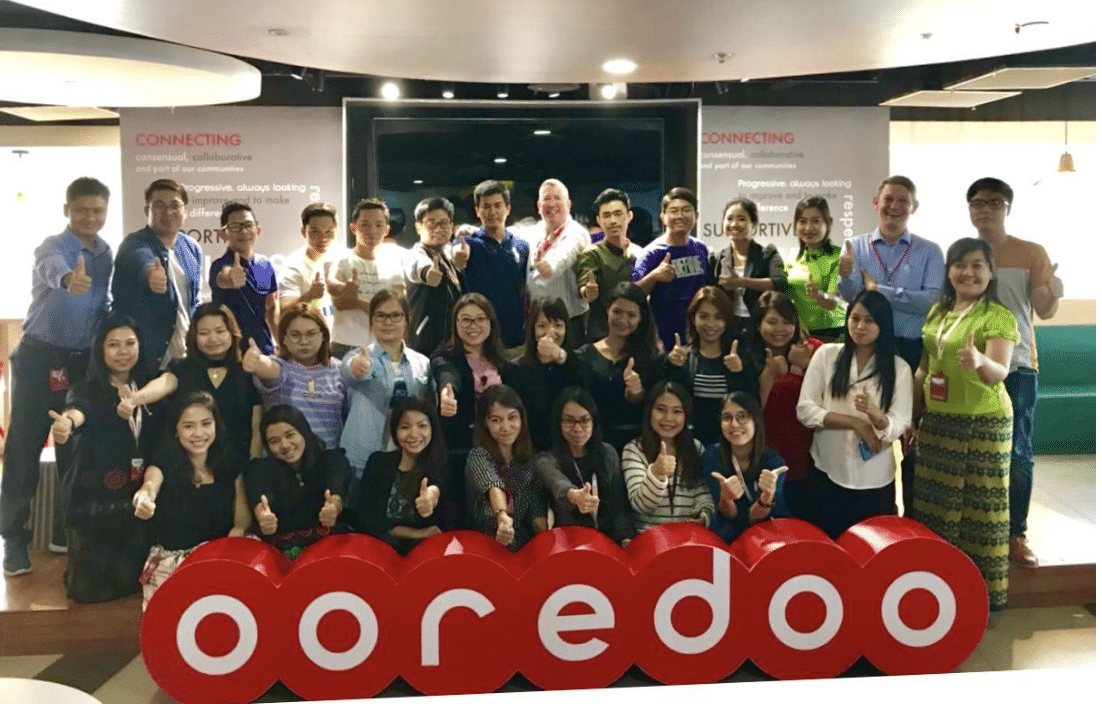
With that said here are a couple of points about Asia in general. Digital awareness and activity are moving quickly. In Singapore, the Government has embraced digital strategy which in turn has influenced the private & educational sectors there.
In Germany – where I live now – it takes me weeks to set up a new company. Paperwork and administrative requirements seem to be the rule here. In Singapore, I set up a few companies and it took a day or two at most. So much ‘pain’ has been taken out of interacting with the government there.
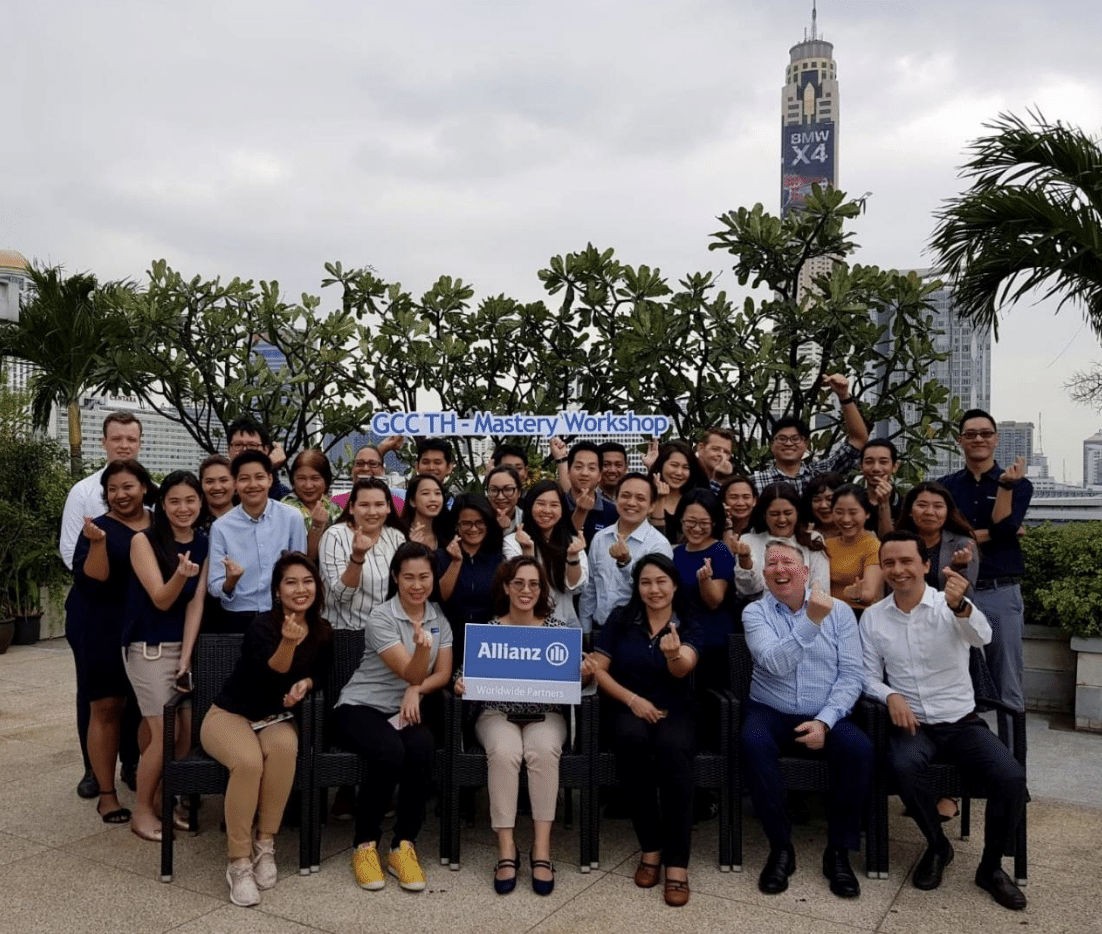
In Myanmar, I had a telecom client that closed down their email channel – drove down their voice channel and switched their customer care largely to Facebook Messenger. In Myanmar, everyone is on Facebook.
In any market, I look to the leaders. Because as we all know, Customer Experience isn’t country-specific – it’s organization specific. In any country, there will be a handful of organizations that walk the walk.
In what way can Customer Experience expectations set by a brand be delivered?
The key to designing experiences that are original and authentic for your customers is to make sure they tie to your identity and the role you’ve chosen to play in people’s lives.
I think it also helps – a lot – to have a ‘lens’ through which to examine (a) the Customer Experience.
The 3Es model – originally developed by Dr. Elizabeth B.N. Sanders and published by Forrester – is pretty widely adopted and I find it extremely useful when I’m examining an experience.
- Effective – Does the product (or service) do what it is supposed to do. One of my favorite expressions is if your dogs don’t like the dog food it doesn’t matter what your packaging looks like.
- Easy – how difficult (or easy) is it to achieve what I want to achieve? I like today’s intense focus on effort reduction though it should only be applied when and where it makes sense.
- Emotion – what is the emotion you want this customer to remember when they recall this experience? I have clients who have implemented emotion into their experience design and it’s amazing how powerful it can be.
Not all customer journeys nor all touchpoints along those journeys have equal weight in the mind of the customer nor to your business results.
Your job isn’t to exceed all Customer Expectations all the time. Through research and experience design you can identify which journeys and which moments matter most for key customer personas.
In your opinion, what is the next big development for Contact Centers?
I’m one of those industry folks who have been hearing about the death of the Contact Center for years and yet the industry continues to thrive and grow and change. Exactly what I expected and still expect.
One trend I predict is that Contact Center Management will work to master Customer Experience Management. Customer Experience Management (CXM) and Contact Center Management (CCM) may overlap here and there – but they’re not the same thing.
I tend to cringe when I hear that a Contact Center has been rebranded to the ‘Customer Experience Center’. The CX ecosystem incorporates the entire organization and I don’t hear Finance, Engineering or Procurement departments rebranding themselves as Customer Experience Centers.
But when Contact Center Management masters Customer Experience Management – and better understand their role in the overall CX ecosystem – it positively enhances how they view and run their operations.
I also think that there will be a renewed focus on quality in the Contact Center. This might seem like stating the obvious.
But oft-quoted research from The Effortless Experience (2013, Matthew Dixon, Nick Toman and Rick Delisi) tells us that a Contact Center interaction is 4x more likely to result in disloyalty then it is loyalty.
Things – even today – simply aren’t going as well for customers that interact with (a) the Contact Center as they should.
I’m also excited about the use of AI to help agents – not just customers. That’s a big play that will make the agent job both more effective and more enjoyable (for the agent!).
Is there anything else you would like to talk about?
I’d argue that the fundamentals are still as valuable today as they were back when Contact Centers were ‘new’.
- Understanding operations matters when you’re implementing a new channel (or two or three)
- Understanding strategy matters when you’re allocating scarce resources to where they will yield the best outcomes
- Understanding numbers and financial matters when you need to make persuasive business cases
- Understanding people matter because earning engagement and managing performance are inherent parts of the Contact Center
- Understanding customers matters because their motivations, needs, wants and expectations help us to make their lives better in some way
You can find out more about Daniel, his work with OmniTouch, and more by following him and the company on LinkedIn and at their website at www.omnitouchinternational.com.
Originally published Jul 24, 2019, updated Dec 30, 2022




